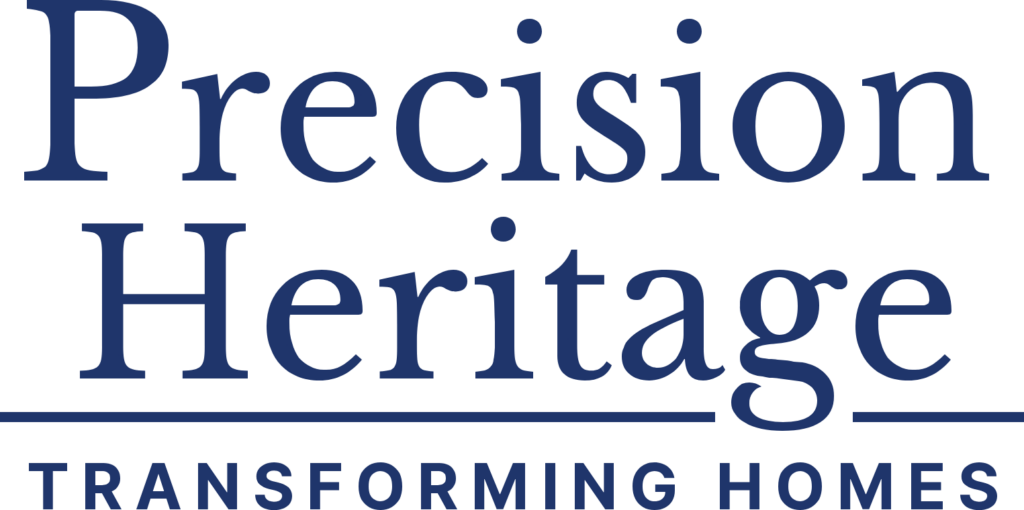Not all square footage is created equal—especially when it’s unfinished, underused, or ignored. But here’s the truth: basements, attics, and bonus rooms hold untapped potential that can significantly increase your home’s livable space and its value.
Whether you’re looking to sell in a few years or just want to make your home more functional and enjoyable, these areas are some of the best places to invest your renovation dollars.
In this guide, we’ll walk through exactly how each space can be transformed, what the costs look like, what adds the most value, and how to avoid common pitfalls.
Appraisers and buyers are increasingly placing value on usable square footage, not just finished square footage. That means an outdated rec room or a dusty attic doesn’t contribute much on paper—or in buyer appeal—until it’s properly finished and functional.
When done right, converting or upgrading a basement, attic, or bonus room:
Adds square footage that’s usable year-round
Creates lifestyle flexibility (guest rooms, offices, gyms, media spaces)
Increases resale value, often significantly
Costs less per square foot than building a full home addition
Media room or home theater
In-law suite or guest room
Game room or family lounge
Home gym
Home office
Rental apartment (where allowed by code)
Media room or home theater
In-law suite or guest room
Game room or family lounge
Home gym
Home office
Rental apartment (where allowed by code)
Basic Finish (open layout): $30–$50 per sq ft
Mid-Range (with bathroom, basic kitchen): $60–$90 per sq ft
High-End (separate suite, luxury finishes): $100–$150+ per sq ft
A finished basement can return 65%–75% of its cost on resale—higher in markets with limited above-grade square footage.
Additional bedroom or guest suite
Playroom or homework space
Home office
Creative studio or reading loft
Storage + multi-purpose zone
Access: Does it already have a staircase? If not, that’s a cost and code hurdle.
Ceiling Height: 7 feet minimum across 50%+ of the usable space is a common rule.
Structural Reinforcement: Most attics weren’t designed to bear heavy loads.
Ventilation: Proper airflow and insulation are essential to comfort.
Basic (storage, insulation, drywall): $25,000–$40,000
Bedroom + Half Bath: $50,000–$75,000
Primary Suite with Full Bath: $80,000–$150,000+
Attic bedroom conversions often deliver a 60%–70% return—and can add significant appraised value, especially in homes with 2 or fewer bedrooms.
“Bonus room” is the catch-all for any room that doesn’t have a clearly defined purpose. They’re often located over garages, in bump-outs, or tucked into awkward transitional areas.
Kids’ playroom
Music or gaming room
Home theater
Craft/hobby workshop
Secondary office or homework area
Overflow guest space
Accessibility: Stairs should be standard-width and code compliant
HVAC: Heating and cooling need to be integrated, not tacked on
Closets: In many markets, a closet makes the space a “bedroom” in an appraisal
Lighting: Natural light and good fixtures elevate the room
Cosmetic Update: $10,000–$20,000
Comprehensive Finish (closet, electrical, HVAC): $20,000–$40,000+
Luxury Addition (soundproofing, built-ins, ensuite): $50,000–$80,000+
Bonus rooms are harder to quantify but add value by increasing functionality—particularly in family-oriented neighborhoods. The ROI is highly dependent on how the room is staged and integrated into the floorplan.
While not all upgrades are created equal, here’s where to focus your budget for maximum return:
| Upgrade | Value Added |
|---|---|
| Adding a full bath | Adds functionality and resale appeal |
| Installing proper egress | Makes space legally count as a bedroom |
| Built-in storage | Increases usability without clutter |
| High-efficiency insulation/HVAC | Improves comfort and resale potential |
| Soundproofing (bonus rooms) | Great for offices, studios, media rooms |
| Flexible layouts | Appeals to broader buyer demographics |
According to Remodeling Magazine’s 2024 Cost vs. Value Report:
| Project | National Average Cost | Average Resale Value Gained | ROI % |
|---|---|---|---|
| Basement Remodel (Midrange) | $79,180 | $54,385 | 68.7% |
| Attic Bedroom Conversion | $125,800 | $88,800 | 70.6% |
| Garage Bonus Room Addition | $65,500 | $42,000 | 64.1% |
The actual ROI will depend heavily on your market, the finish quality, and how well the space integrates into the rest of the home.
Start With Function
Think through how your family—or a future buyer—would actually use the space. Is it adding something your house doesn’t already have?
Work with the Structure
Don’t fight ceiling lines, awkward corners, or sloped roofs. Embrace them and design around them with built-ins or purposeful layouts.
Prioritize Code Compliance
Skipping egress, insulation, or proper HVAC might save money short-term but will devalue your investment in the long run.
Focus on Versatility
Multi-use rooms are more valuable than hyper-specialized ones. Think: office + guest suite, not just “yoga room.”
Basements, attics, and bonus rooms are some of the most overlooked ways to build equity, comfort, and function into your home—without adding new foundation or square footage. They’re often the difference between a 3-bedroom listing and a 4-bedroom one. Or between a cramped house and a flexible, multi-generational home.
Done right, these spaces can feel like natural extensions of your living area—never like “finished storage.” And the returns? Often better than more expensive additions or exterior upgrades.
If you’re looking to unlock the full value of your home, start where others stop looking. Under your feet, above your head, or behind that unassuming bonus room door, there’s opportunity waiting.

At Precision Heritage, we offer a complete design-build experience that goes far beyond what a typical general contractor can provide. With our in-house custom cabinetry, skilled craftsmanship, and a dedicated design team, we manage every aspect of your project from start to finish, ensuring nothing falls through the cracks.
504 Main Street Gaithersburg, MD 20878
(240) 686-5099 [email protected]